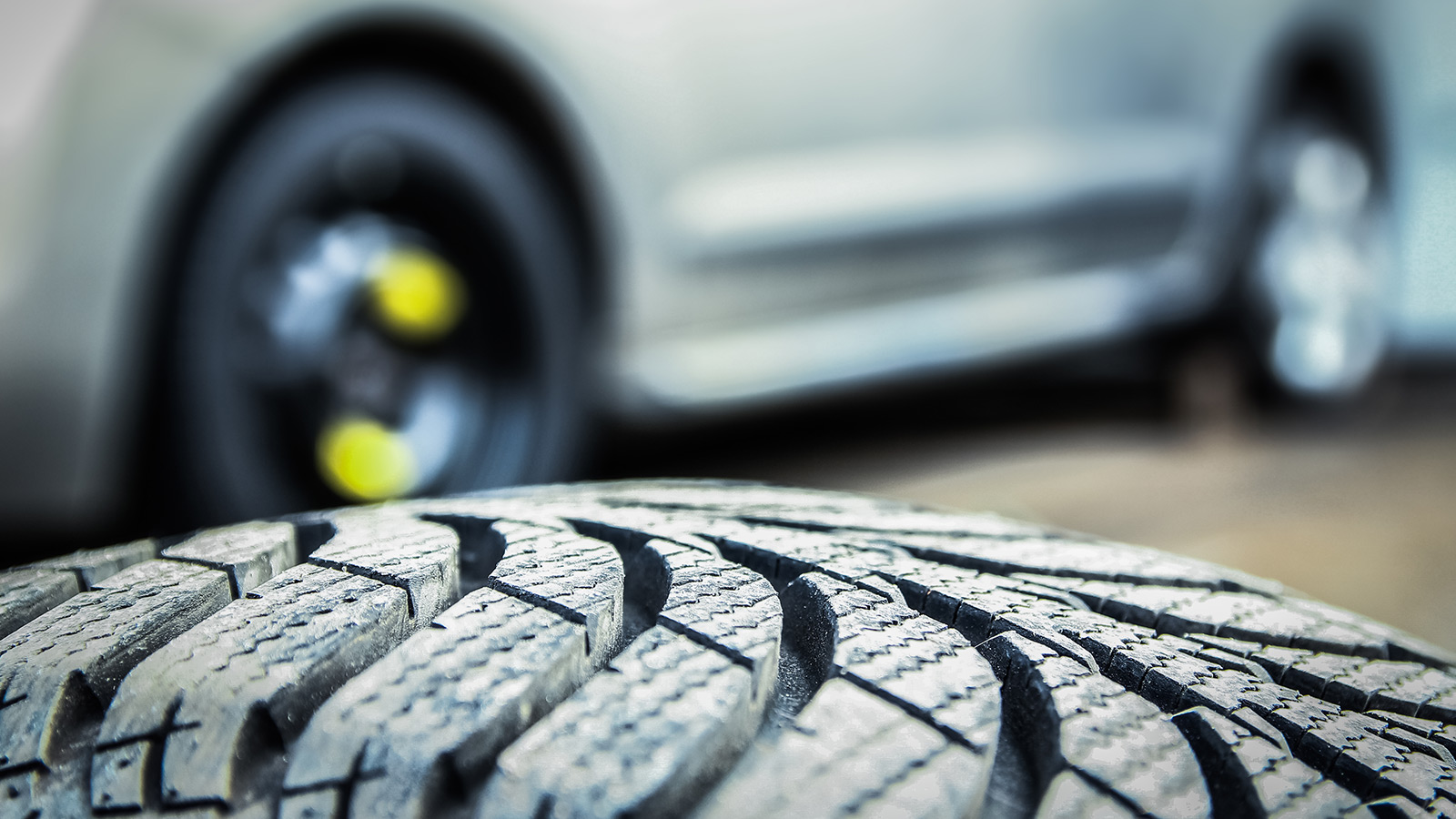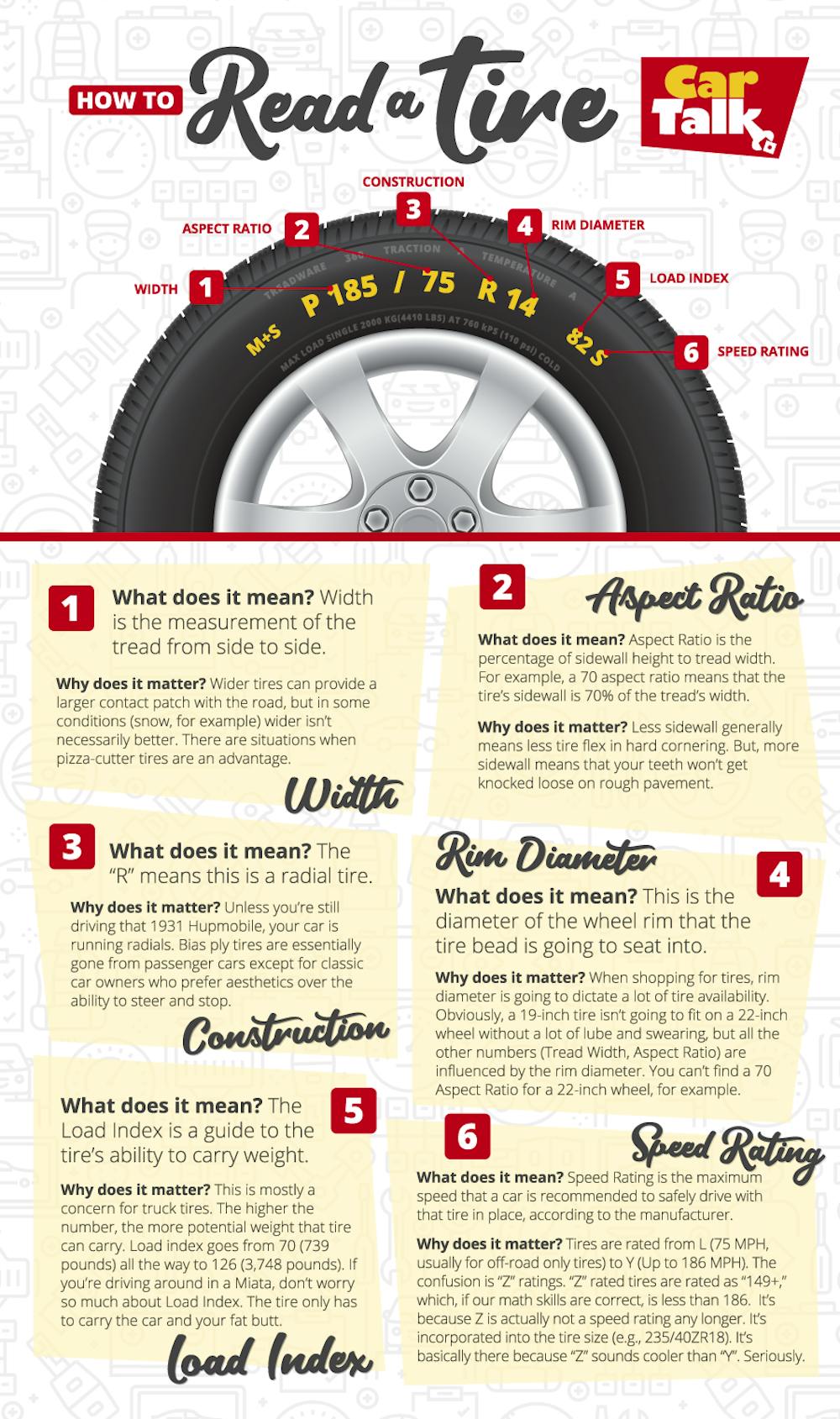All Categories
Featured
Table of Contents
I had the ability to get 100 hours out of among these tires, and while it had absolutely no tire lugs left on it, the soft substance made it function extremely wellas long as I was utilizing a soft mousse. Kitt Stringer picture Easy installing - 3Wear - 3Sidewall toughness - 3Performance on roots - 4Performance on wet rocks - 2Traction on dust - 5Cornering capability - 4Traction while braking - 4Self-clearing of dust and mud - 3Performance in mud - 3Overall predictability or monitoring - 3 _ 37 Conclusion: This is an excellent all-around tire with good value for money.

The wear was consistent and I like for how long it lasted and just how regular the feeling was throughout usage. This would additionally be a great tire for faster races as the lug dimension and spacing little bit in well on fast terrain. Kitt Stringer photo Easy mounting - 3Wear - 3Sidewall strength - 3Performance on roots - 4Performance on wet rocks - 4Traction on dust - 4Cornering ability - 4Traction while stopping - 5Self-clearing of dust and mud - 4Performance in mud - 4Overall predictability or monitoring - 4_42 Verdict: I liked this tire a lot.
If I needed to acquire a tire for tough enduro, this would remain in my top selection. Easy placing - 3Wear - 3Sidewall stamina - 3Performance on origins - 4Performance on damp rocks - 3Traction on dust - 4Cornering capacity - 3Traction while braking - 3Self-clearing of dust and mud - 4Performance in mud - 4Overall predictability or tracking - 3 _ 34 Conclusion: This tire was really soft and pliable.
All the gummy tires I examined performed rather close for the initial 10 hours or so, with the champions going to the softer tires that had better grip on rocks (Tyre servicing). Purchasing a gummy tire will certainly provide you a strong benefit over a routine soft substance tire, but you do pay for that advantage with quicker wear
Honest Budget Car Tyres Near Me ( Stirling 6061 WA)
This is an excellent tire for spring and loss problems where the dust is soft with some moisture still in it. These tried and tested race tires are fantastic all around, yet use rapidly.
My total winner for a tough enduro tire. If I had to spend money on a tire for daily training and riding, I would pick this one.
Affordable Budget Car Tyres (Mirrabooka)
I've been running a collection of Michelin Power Pilot 2CT's on my track Daytona 675 for the previous year. In that time I have actually done 15 track days in all weather conditions from cold wet to incredibly warm and these tires have actually never missed a beat. Budget car tyres. I have actually done virtually 2,000 miles (3,200 kilometres) on them and as you can see from this shot of the front taken after first session of my 15th track day on them, they still have rather a great deal of rubber left on them
In other words the 2CT is a remarkable track day tire. If you're the sort of rider that is likely to come across both damp and completely dry conditions and is starting out on track days as I was last year, after that I assume you'll be tough pressed to discover a much better worth for cash and proficient tyre than the 2CT; a set of which will certainly set you back around 185 (US$ 300) in the UK.
Developing a better all rounded road/track tire than the 2CT need to have been a tough job for Michelin. The outcome of that initiative is the Michelin Pilot Power 3 which essentially changes the Pure. Don't confuse this brand-new tyre with the road going Pilot Road 3 which is not made for track usage (although some bikers do).
When the Pilot Power 3 introduced, Michelin recommended it as a 50:50% roadway: track tire. All the cyclist reports that I've reviewed for the tyre rate it as a much better tire than the 2CT in all areas yet particularly in the wet.
Tyre Fitting
Technically there are fairly a couple of distinctions between the two tyres despite the fact that both use a dual compound. Aesthetically you can see that the 2CT has less grooves reduced into the tyre however that the grooves go to the edge of the tire. The Pilot Power 3 has more grooves for better water dispersal however these grooves do not reach the shoulder of the tire.
One element of the Pilot Power 3 which is different to the 2CT is the new 2CT+ innovation which prolongs the harder middle area under the softer shoulders (on the rear tire). This should offer much more security and minimize any type of "squirm" when speeding up out of edges despite the lighter weight and more adaptable nature of this new tyre.

Although I was slightly suspicious regarding these reduced pressures, it ended up that they were fine and the tires carried out actually well on the right track, and the rubber looked much better for it at the end of the day. Simply as a factor of reference, other (fast team) bikers running Metzeler Racetecs were utilizing tire pressures around 22-24 psi for the rear and 24-27 psi on the front.
Generating a far better all rounded road/track tire than the 2CT should have been a hard job for Michelin. The outcome of that effort is the Michelin Pilot Power 3 which essentially replaces the Pure. Do not confuse this new tire with the roadway going Pilot Roadway 3 which is not created for track use (although some bikers do).
Tyre Shop Services Near Me (Mirrabooka)
When the Pilot Power 3 launched, Michelin suggested it as a 50:50% roadway: track tire. All the cyclist reports that I have actually reviewed for the tyre rate it as a much better tyre than the 2CT in all areas yet specifically in the damp.

Technically there are several distinctions between the 2 tyres even though both use a dual compound. Visually you can see that the 2CT has fewer grooves reduced right into the tyre yet that the grooves go to the edge of the tyre. The Pilot Power 3 has more grooves for better water dispersal yet these grooves don't get to the shoulder of the tire.
One aspect of the Pilot Power 3 which is various to the 2CT is the new 2CT+ innovation which prolongs the harder center area under the softer shoulders (on the back tyre). This must offer more stability and minimize any "agonize" when accelerating out of edges regardless of the lighter weight and even more versatile nature of this new tyre.
Although I was a little uncertain concerning these reduced pressures, it turned out that they were fine and the tires executed really well on the right track, and the rubber looked far better for it at the end of the day. Just as a factor of recommendation, other (quick team) bikers running Metzeler Racetecs were using tire pressures around 22-24 psi for the rear and 24-27 psi on the front
Latest Posts
Best Tyre Upgrades – Koondoola WA
Trusted Tyre Tuning Near Me (Bassendean WA)
Top Wheel Alignment Near Me (Wangara)